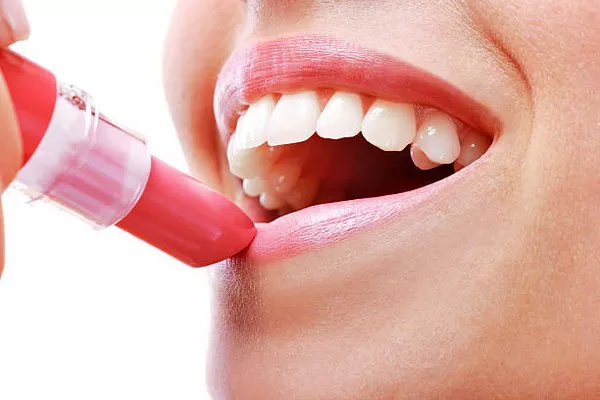Dental health is an important aspect of overall wellbeing, and one of the most common dental issues is cavities. Cavities are caused by tooth decay, which occurs when bacteria in plaque produce acids that eat away at the tooth enamel. If not treated promptly, cavities can lead to more serious dental problems such as infection, gum disease, and even tooth loss.
If you have a cavity but do not have dental insurance, you may be wondering how much it will cost to get it filled. The cost of a cavity filling can vary depending on a number of factors, including the location of the tooth, the severity of the cavity, the type of filling material used, and the dentist performing the procedure. In this article, we will explore these factors and provide you with an estimate of how much you can expect to pay for a cavity filling without insurance.
Location of the Tooth
The location of the cavity can affect the cost of the filling. For example, a cavity on a front tooth may be easier to fill than one on a molar, which is located at the back of the mouth and harder to reach. Additionally, if the cavity is located near the gum line or on the root surface, it may require a more complex filling procedure, which can increase the cost. On average, a filling on a front tooth can cost between $50 and $150, while a filling on a molar can cost between $120 and $300.
Severity of the Cavity
The severity of the cavity can also impact the cost of the filling. If the cavity is small and caught early, it may only require a simple filling procedure. However, if the cavity has progressed and is larger, it may require a more extensive filling procedure, such as a crown or root canal. These procedures can be significantly more expensive than a simple filling, with a crown costing between $500 and $1,500, and a root canal costing between $700 and $1,000. It is important to note that the cost of these procedures may be higher in some areas due to differences in the cost of living.
Type of Filling Material
The type of filling material used can also impact the cost of the cavity filling. There are several different types of filling materials available, including amalgam (silver), composite resin (tooth-colored), gold, and porcelain. Amalgam fillings are typically the least expensive, ranging from $50 to $150 per filling, while gold and porcelain fillings are the most expensive, ranging from $500 to $4,000 per filling. Composite resin fillings are more expensive than amalgam but less expensive than gold and porcelain, with an average cost of $90 to $250 per filling.
Dentist Performing the Procedure
Finally, the dentist performing the procedure can also impact the cost of the cavity filling. The cost of the procedure may vary depending on the experience and reputation of the dentist, as well as the location of the dental practice. In general, dentists who specialize in cosmetic dentistry or have advanced training may charge more for their services. However, it is important to remember that a higher price does not always guarantee better quality care.
Conclusion
In conclusion, the cost of a cavity filling without insurance can vary depending on a number of factors. On average, you can expect to pay between $50 and $300 per filling, with the cost increasing if the cavity is located on a back tooth, requires a more extensive filling procedure, or utilizes a more expensive filling material. It is important to maintain good dental hygiene practices, such as brushing and flossing regularly and visiting your dentist for routine checkups, to prevent cavities from forming in the first place. Additionally, if you do not have dental insurance, you may want to consider joining a dental savings plan or seeking out low-cost or sliding scale dental clinics in your area. By taking these steps, you can help ensure that you receive the dental care you need at a price that is affordable for you.
Related Topics:



























